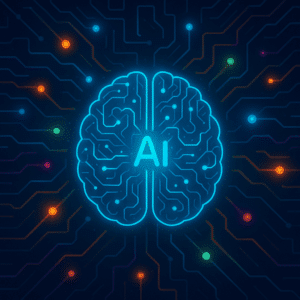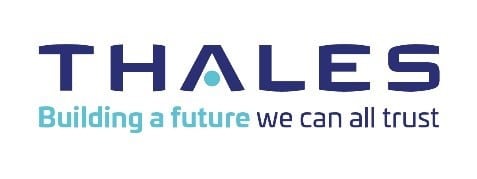GenAI Surges Ahead, But Security Gaps Widen
Thales’ 2025 Data Threat Report reveals that enterprises are embracing generative AI (GenAI) faster than ever. One-third of surveyed organizations report being in the “integration” or “transformation” phase. Yet, only a small portion have adjusted cybersecurity measures to match this rapid AI adoption. Nearly 70% cite the GenAI ecosystem as their top security concern. This includes fears over data integrity, trust, and model manipulation. As companies race to implement AI tools, many neglect the foundational data breach protections needed to avoid future breaches.
More Data, More Problems
Data volume is soaring. So are the tools used to manage it. Over 60% of respondents use five or more tools to classify and discover data. While 87% can classify at least half of their data, duplication and fragmentation in tools create risks.

Application security is another hot topic. Code vulnerabilities topped the list of concerns. A full 34% of organizations use more than 500 APIs, but only 16% prioritized secrets management—a glaring oversight in today’s API-heavy environments.
Quantum Threats Loom
Quantum computing is no longer just theory. In 2024, a 5,000-qubit quantum processor cracked 50-bit RSA encryption. This accelerated the push toward post-quantum cryptography (PQC). Around 60% of companies now prototype PQC algorithms or review encryption strategies.
But the clock is ticking. The U.S. aims to phase out classical encryption methods by 2035. Companies must act now or risk falling behind in the “Q-day” transition.
Progress Made, But Not Fast Enough
Data breaches have decreased. Only 14% of companies reported breaches in the past year, compared to 23% in 2021. However, enterprises that failed compliance audits were nearly four times more likely to be breached. Automation, especially for compliance, remains underutilized.
Phishing and malware remain the top threats. Yet, many breaches stem from internal missteps like poor MFA usage. Alarmingly, only 28% of companies have a ransomware response plan.
Digital Sovereignty Rises in Importance
Regulations are reshaping security strategies. Over 55% of enterprises pursue digital sovereignty due to legal mandates. Encryption and key management are seen as adequate by 42% to meet sovereignty needs, but this depends on global regulatory alignment.
Three levels of sovereignty—data, operational, and software—define how much control companies maintain over their digital assets. More than half are willing to refactor apps to meet these standards.
Cloud Chaos and Platform Engineering
Cloud adoption continues, with 76% using two or more cloud providers. Yet, differences in cloud services and overlapping security tools complicate operations. On average, enterprises use more than 26 SaaS vendors, many of which include GenAI features.
Secrets management, the top DevSecOps issue, remains under-addressed. Without improvement, cloud security will lag behind threats.
From Insight to Action
Thales’ report outlines several critical next steps:
- Inventory APIs: Know what exists before you can secure it.
- Consolidate Tools: Fewer tools mean fewer gaps.
- Scale Data Breach Protections: Fragmented tools won’t cut it.
- Embrace Sovereignty: Future-proof your data management.
- Automate Compliance: Manual processes are holding teams back.

The 2025 Thales Data Threat Report draws on a comprehensive global survey carried out by S&P Global Market Intelligence 451 Research. The study collected input from 3,163 IT and security professionals across 20 countries and 15 industries, including sectors such as financial services, government, healthcare, manufacturing, and technology.
Explain it like I’m a 5th Grader
Think of today’s data landscape like a rapidly growing amusement park. AI is the flashy new rollercoaster everyone wants to ride. But the safety barriers haven’t caught up. People are buying tickets faster than the engineers can finish building.
It’s like adding jet engines to your car without checking the brakes.
Other AI and Quantum Computing News: Cyber Insurance And Quantum Computing – The New Risk(Opens in a new browser tab)